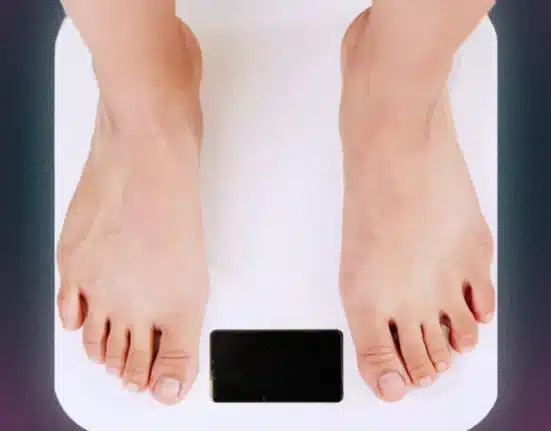The Department of Science and Technology – Food and Nutrition Research Institute (DOST-FNRI) announced on Thursday the “significant” increasing number of overweight and obese to Filipino adolescents.
According to the policy statement of “FAT (Fad and Trending)!: Adolescent Obesity,” and the 2021 Expanded National Nutrition Survey (ENNS), the government agency said that this kind of condition is prevalence to teenagers as seen from the previous records in 2018 from 11.6% to 13% in 2021.
The results also showed that adolescents in urban areas are more likely to be obese with 16.2% as compared to counterparts in rural sites with a 10.7% record.
Moreover, the study showed that male respondents are more likely obese (14.8%) than females at the same age range (11.3%).
“The World Health Organization (WHO) and DOST-FNRI reported that the development of obesity among adolescents can be due to decreased physical activities, sedentary lifestyle, altered eating patterns, increased fat content of the diet, and obesity-associated genes,” DOST-FNRI asserted.
WHO and DOST-FNRI also urges the national government to ratify programs to help increasing physical activities and routine, as well as to provide latest health information to parents and caregivers for better understanding of health and nutrition lifestyle.
Funding, and regularly conducting seminars and courses on nutrition, prevention, and cure of genetic factors of obesity is also necessary to help lower down the record.
“Move More, Eat Right!”
As claimed by the Department of Health (DOH), to live long and healthy it starts with a balanced diet and enough exercise. To follow their Seven Healthy Habits would be a huge help for a better lifestyle, these includes:
Follow the Pinggang Pinoy
An easy way to understand food guide by group proportion of Go, Grow, Glow, it recommends divided consumption of carbohydrates, vegetables, meat, and fruit.
Exercise daily
To allot time at least 30 minutes a day is one of the best ways to burn body fats, weight control, and strengthen heart and blood circulation.
Read your food label
The label breaks down the ingredients contained in the nutrients of the food product. This also helps to balance the consumptions of the food intake to plan the proper diet.
Engage to cardiovascular activities
Biking, walking, and jogging, are also ways to have a physical activity in a day to help as well burning fats.
Avoid unhealthy foods
Prevent too much intake of food containing trans-fats, sugar-sweetened beverages, and excessive fat that can lead to serious diseases like diabetes, high blood pressure, and cholesterol.
With reports from Alexandra Mae Uy
How useful was this post?
Click on a star to rate it!
Average rating 0 / 5. Vote count: 0
No votes so far! Be the first to rate this post.
We are sorry that this post was not useful for you!
Let us improve this post!
Tell us how we can improve this post?






